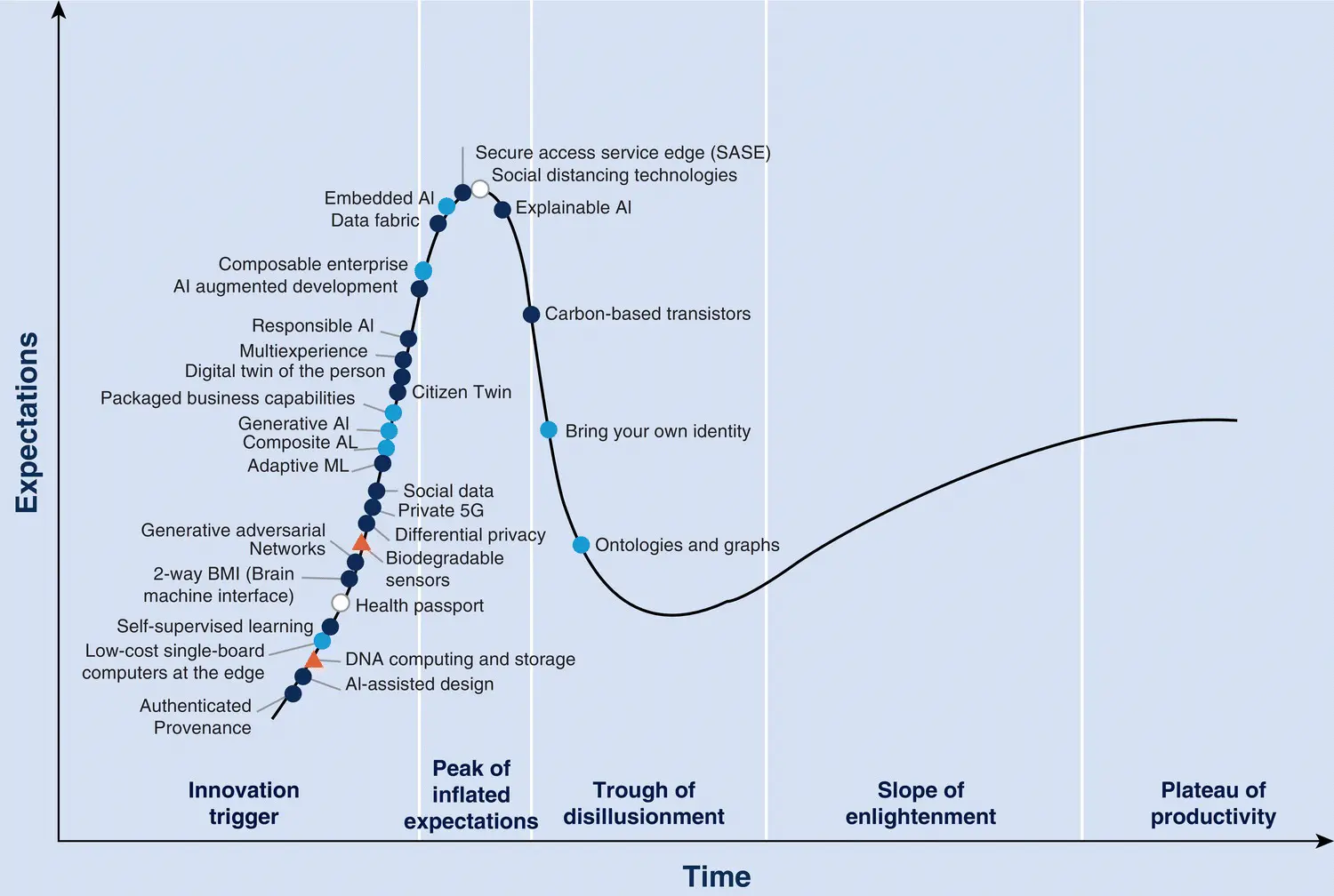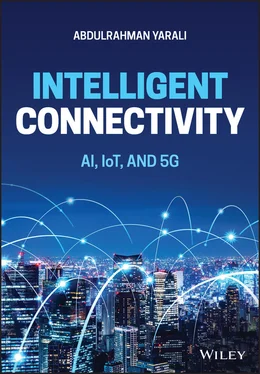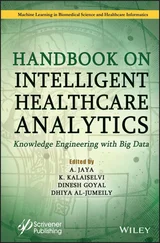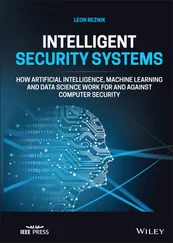The future of business technology is expected to get better. In the next two decades, different trends will define business and change all the dynamics of business operations worldwide. Some businesses have already begun integrating their core business process and products with Artificial Intelligence (AI) (Kambala 2018). This indicates that AI will be used to influence and run different business resources in the future. The emergence of cloud computing has fueled the automation of the business process, and thus the outcomes of business processes are expected to change in the next two decades. The connectivity of tomorrow is another key aspect that is expected to transform businesses shortly. The establishment of different technologies such as 5G networks, mesh networks, and edge computing is expected to enhance new products and services whereby they will be completed efficiently and reliably. The presence of intelligent interfaces is expected to transform how people interact with different machines and data while, at the same time, moving beyond marketing will contextualize customer experience and establish closer relationships between customers and the organizations. It is essential to acknowledge that technology is proliferating and more breakthroughs will be realized. The presence of disruptive technologies is a demonstration that there will be a rapid rate of changes. Organizations should identify different approaches to enhance their performance and implement changes due to technological changes. Change is inevitable, and thus organizations should be flexible and be ready for the ever‐changing technological advancements (Makela 2012). This research paper will focus on the future of business technology and how adopting different technology trends will define the next two decades. Figure 1.1is a Gartner Hype Cycle depicting some 30 technology profiles that will significantly change society and business over the next 5–10 years (Panetta 2020).
1.2 Trends in Business Technology
There have been many technological breakthroughs in the last decade, including advanced smartphones, Internet of Things (IoT), AI, self‐driving cars, and now 5G and 6G cellular technologies. Development of IoT, 5G, and AI continues to evolve to the point of convergence on preexisting tech and future technologies as a whole, evolving to the point of everyday life, which encompasses everything from health to industrial systems. The implementation of 5G coming into place allows devices to push data across networks at bigger capacities. However, with devices and systems converging, security implementations need to be in the for‐front for IoT, 5G, and AI, which will play a huge role in the future of communications of systems and continue to evolve for a more sophisticated and efficient system throughout the world.

Figure 1.1 Hype cycles for emerging technologies, 2020 (Panetta 2020).
1.2.1 Trends that Could Disrupt the Industry
Various vital trends will disrupt the industry in the future. In this case, some of these trends include AI, where it is expected to benefit businesses and society at large, extended reality, data veracity, frictionless business, and the IoT. The emergence of AI has promised to change the world, and in the last few years, it has positively impacted people's lives. Different businesses are currently capitalizing on the potentials of AI; hence they acknowledge that it will revolutionize many different businesses in the next two decades. AI is more than a tool, and has changed the functionalities of different businesses (Kambala 2018). AI will continue to revolutionize digital marketing and ads based on a business or an organization's core values. The presence of extended reality aimed at ending the distance has transformed the way people work and live. In the next few years, this form of technology is expected to limit people's distance, information, and experiences. As a result, the business will benefit from these changes since employees can work from any location, resulting in higher productivity and turnover (Manyika et al. 2013). In two decades, data veracity will transform how people run data and help businesses deal with different vulnerabilities.
Data veracity is an emerging trend meant to determine if business insights may be corrupted and help the management avoid skewed decisions. It is essential for the organizations to address the issues associated with data bias, inaccurate and manipulated data trends, and ensure they run the organization effectively. Organizations need to redesign themselves as they get ready to embrace frictionless businesses to build to a partner at scale. One of the emerging trends is that businesses are depending on technology‐based partnerships as they seek to grow. The associations are meant to expand the partner networks faster than before (Manyika et al. 2013). The establishment of robust digital ecosystems will enhance business relationships between the organizations, which will guarantee a brighter future. IoT is another emerging technology that will continue to revolutionize business in the next two decades (Kambala 2018). It involves the interconnection of different devices over the internet, allowing people to communicate and run various applications. IoT will enable people to control their home heating, lighting, sprinklers, and many other appliances through their mobile devices (Manyika et al. 2013). These solutions have revolutionized business, and it is a trend that is expected to grow tremendously in the next few decades. It is expected that the integration of IoT will affect and disrupt many businesses since it provides unprecedented opportunities through process automation and data‐gathering processes.
1.2.2 Adopting New Technologies
The emergence of new technologies has forced businesses, competitors, and other industries to adapt to remain relevant in the market. Over the last few years, organizations have been integrating the upcoming technologies to gain a competitive advantage as they strive to increase their return on investment (Ramey 2012). They are using the latest tech to enhance the attention of the customers towards their products and services. Some have already implemented smart manufacturing, digital marketing, and many other emerging technologies to promote their brand as they strive to increase their market share (Manyika et al. 2013). Before adopting new technologies, businesses are considering several processes and steps to ensure successful integration. The first step is to establish the organization's technology and evaluate how it will change the organization. Based on priorities, the organization will opt for the systems that are accessible, reliable, and affordable. Once it has been established, the organization then considers productive support where difficulties are mitigated during integration (Makela 2012). Employees are trained, and user manuals are provided to have an easier time implementing the new technology. The next step is ensuring there is no impulse to rush since it could result in poor implementation. It means that pilot programs should be introduced where the new technology is tested before implementing the entire organization.
Another essential step is transparency; in this case, clarity aims to reduce the friction that may arise when the new technology is introduced. Employees should be updated on the new developments since they might resist the new technology and derail its implementation (Desjardins 2018). Organizations are building value for their technology, and this is achieved by communicating with the employees and providing all the benefits that are to be achieved after the new technology has been implemented. Once integrated, the organizations have to maintain the momentum; since technological changes are frequently happening, the organizations focus on implementing newer technologies that will enhance their performance and increase their growth (Makela 2012). Maintaining momentum means that the technological changes must be communicated to the employee to oversee the changes and enhance their implementation. Despite their size and reachability, organizations are exploring different means of increasing their productivity, efficiency, and performance. As a result, they must implement newer technologies to accomplish their mission (Manyika et al. 2013). Therefore, introducing new technologies is vital since it will play a critical role in running a successful organization. It is expected that in the next two decades, technology will revolutionize business since they will become fully dependent on technology.
Читать дальше













